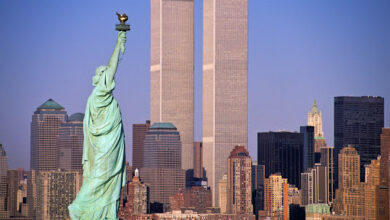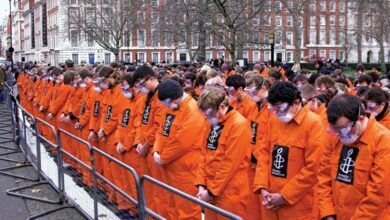The city of Amsterdam partnered with RESILIO to come up with an innovative and sustainable idea of smart blue-green infrastructure to make the city climate resistant.
In order to combat the consequences of climate change such as urban flooding and heat island effects, sustainable measures are needed to be adopted.
What is a blue-green roof?
You must be wondering, “Okay, so I know about green roofs but where is this blue coming from?” Well, conventional green roofs have a drainage layer for the lateral drainage of water. On the other hand, blue roof technology has a water storage layer, so when it rains, the rainwater does not run down to the drain pipe but is instead stored there. Then it gradually provides the soil moisture required for the roof greenery, plants, and trees. This is accomplished by a capillary suction tube network that connects the soil to the subsurface water reservoir.
In comparison to green roofs, blue-green roofs provide a higher water retention capacity, allowing them to release evaporation for a longer length of time during hot, dry weather.

Amsterdam RESILIO (Resilience nEtwork of Smart Innovative cLImate-adaptive rOoftops) project
Climate change is having an impact on Amsterdam, with flash floods due to heavy rainfall, extreme weather, and increased droughts. By reusing the rooftops of Amsterdam neighborhoods that are sensitive to climate change and introducing an innovative green infrastructure, the RESILIO project seeks to address significant climate concerns relating to floods, urban heat island effects, water supply, energy consumption, urban livability, and other hydrological problems. Under the Climate Adaptation theme, the Urban Innovative Actions (UIA) program is providing funding for RESILIO.
In 4 different Amsterdam neighborhoods, housing associations’ social housing complexes had blue-green roofs constructed as part of the RESILIO project. Green roofs are presently thriving in the communities of Oosterparkbuurt, Kattenburg, Slotermeer, and de Indische Buurt. Additionally, many other buildings are also covered in blue-green roofs as a result of municipal subsidies. A total of 12.683 square meters of blue-green roofs have been built. Through micro water management, Amsterdam has tried to control the rainwater on these roofs.
Technology behind smart blue-green roofs
The blue-green RESILIO roofs can respond to weather forecasts owing to a unique computer system called the Decision Support System (DSS). The amount of water that can, must, or must not be kept on a roof is controlled by this system. The blue-green roofs receive signals from the Decision Support System, which is developed and maintained by Waternet, the Dutch Public Water Authority.
The blue-green roof’s smart valve has a sensor that receives a signal from the DSS when extreme rainfall is predicted, allowing it to release any water that has been collected before the actual downpour. A smart roof can therefore capture the maximum amount of water during a shower. Additionally, the sewage is under less pressure and there is no sewer overflow. During dry spells, the water collected on the roof serves many purposes. In addition to cooling the structure, it also lowers the temperature around it and irrigates the roof’s green areas.

Advantages of blue green roofs
Let’s dive into the reasons which make the smart blue green roof concept a good value-for-money option.
- In reality, flood protection during extreme rains (intensity of up to 60 mm/h) is the principal rationale for storing water on the roof. Because the apartment complexes are in flood-prone regions, the storage provided by blue-green roofs reduces flood risk.
- A pipe in the ground is handy when it rains, but it provides no further function the rest of the time. On the other hand, blue-green roofs have an aesthetic value that is enhanced by landscaping which draws attention to these roofs and allows human participation to promote ecological knowledge.
- Despite being isolated from the natural environment, blue-green roofs also contribute to urban biodiversity. This contribution is maximized when the construction and design are based on planning methodologies that take into account the surroundings, wildlife, and exposed roof conditions.
- The roofs boost building insulation while also aiding in microclimate control by minimizing the Urban Heat Island effect. A more livable atmosphere is provided at the upper building levels as a result of stored water evapotranspiration and better thermal comfort.
Amsterdam has developed an interconnected network of smart blue green roofs in an attempt to create a Sponge City that can be squeezed when necessary. It teaches us all a valuable lesson: don’t fight the water, work with it.
Read More:
DC Metro buses go fare-free by July 2023
The Aya: Thoughtful architectural design for homeless families in D.C.
Car-free cities: Can this concept make its way to Pakistan?









